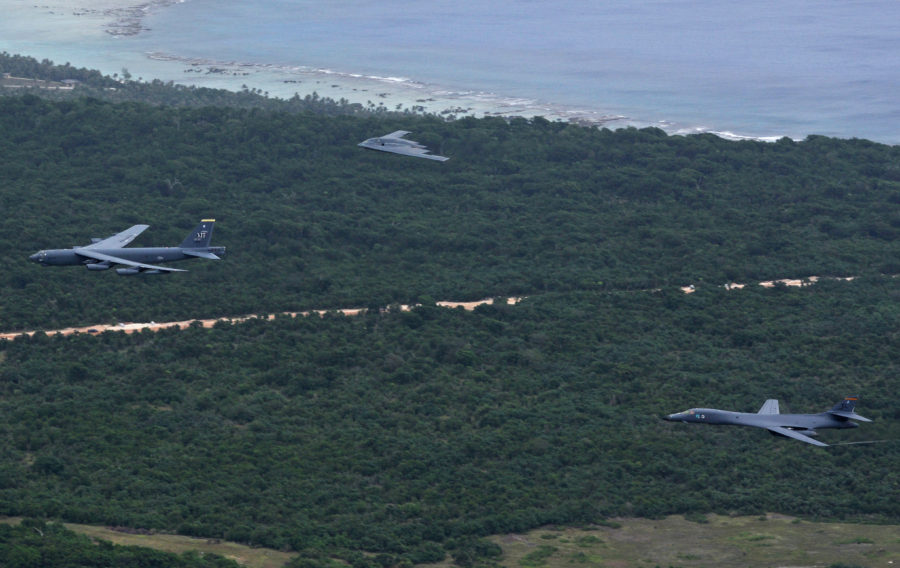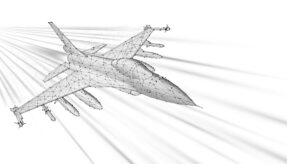
History was made on 17th August when all three of Air Force Global Strike Command (AFGSC)’s strategic power projection bombers, the B-52 Stratofortress, B-1B Lancer and B-2 Spirit, simultaneously took to the sky during their first integrated bomber operation in the Indo-Asia-Pacific region.
Though all the aircraft have deployed independently to the US Pacific Command (PACOM)’s area of responsibility in the past, this was the first time all three bombers flew a formation pass over Andersen Air Force Base, dispersed and then simultaneously conducted operations in the South China Sea and Northeast Asia.
Missions such as this provide opportunities for bomber crews to integrate and train with allies and partners in a variety of missions and are also designed to strengthen capabilities by familiarising aircrews with Andersen’s geographic area of operations.
With a large weapon capacity and exceptional standoff strike capability, the B-1 provides PACOM and its regional allies and partners with a credible, strategic power projection platform.
The Continuous Bomber Presence mission and global strategic bomber deployments are part of a long-standing history of maintaining a consistent bomber presence in the Indo-Asia-Pacific region in order to maintain stability and provide assurance to US allies and partners in the region. PACOM’s area of responsibility covers 52 per cent of the globe, which makes strategic bombers an effective long-range global attack capability to reassure allies and deter potential adversaries.
AFGSC continues routinely to deploy bombers to Andersen AFB, which provides opportunities for Airmen to advance and strengthen regional alliances and the long-standing military-to-military partnerships throughout the Indo-Asia-Pacific.
Brig. Gen. Douglas Cox, the 36th Wing Commander, said: “This mission demonstrated the US commitment to supporting global security and our ability to launch a credible strategic defence force.”
If you would like to join our community and read more articles like this then please click here
36th Wing Commander AFGSC Air Force Global Strike Command B-1B Lancer B-2 Spirit B-52 Stratofortress Bomber Brig. Gen. Douglas Cox Indo-Asia-Pacific region International operation Pacific PACOM US Pacific Command







